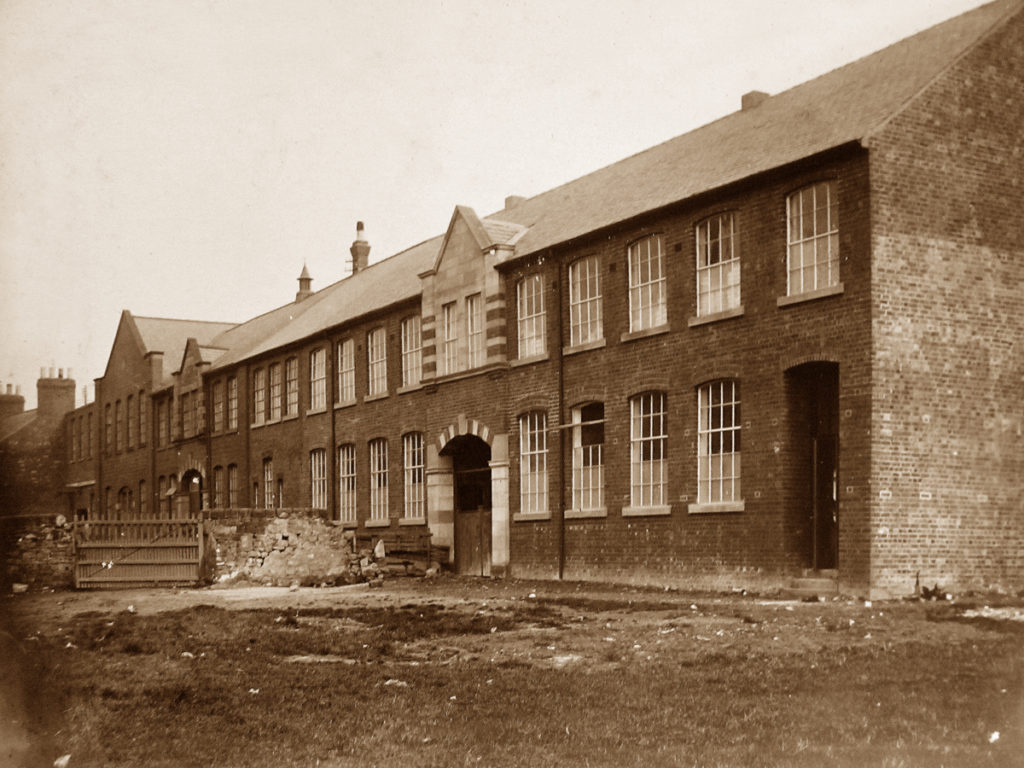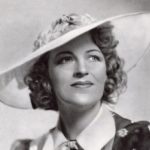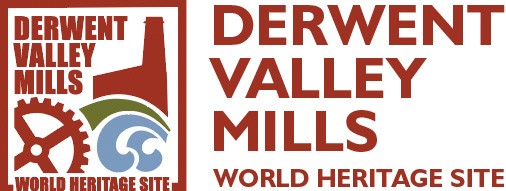b11

This is part of a heritage trail around Belper, taking in some of the key historic areas, and talking about some of the people involved in the development of the town. You can find a map of the trail, and information on where to find interpretation boards containing more details on the town and its history at www.derwentvalleymills.org/belper.
The Castle Factory and Empire Music Hall
The Castle Factory was built by George Herbert Strutt, the former owner of the Belper Mills, to encourage a hosiery company to move to the town, creating jobs. It was rented out to the Castle Factory Blouse Manufactory by 1908, with the Empire Music Hall operating at the eastern end (now the town’s library).
In March 1915, during the First World War, the closed blouse factory was used as living quarters for several hundred artillerymen from the First West Riding Regiment of the Royal Field Artillery. They had arrived in Belper for training, before heading to the Front.
In June 1915, the building was requisitioned by a Mr Middleditch of Wigwell Hall, for use as a hosiery business. When it opened in the August, it was named the Derwent Hosiery Company Ltd.
In July 1916, Herbert Strutt agreed to extend the factory, at a cost of £1,400, to support the growing business. The work on the factory was carried out under the direction of Mr Strutt’s architects, Hunter and Woodhouse.

The Empire Music Hall was absorbed by the neighbouring factory as it expanded, but not before a number of big names from the day had performed there, including Gracie Fields, Will Hay, Lupino Lane, Marie Lloyd and Wee Georgie Wood.
The Derwent Hosiery Company Ltd continued to operate until the 1930s but was forced to close in 1936, and receivers called in. Negotiations were made between the Strutts and a Mr Davis of Nottingham, for it to re-open as a hosiery manufacturer, but it was empty when war began in 1939.
During the Second World War, Rolls-Royce took on the building to house their Performance and Stress Office, and Rig Design Office.
Thornton’s
After the war, Thornton’s bought the factory in 1947, and fitted it out for toffee production. But Belper had one of the lowest unemployment rates in the country and they struggled to find workers, initially employing just four women on the production line, one of whom was borrowed from their Sheffield factory.

The workforce grew over time, and the factory took on both toffee and chocolate lines, until the company moved all production to a new facility in Swanwick. They closed the Derwent Street factory in 1999 and it was derelict for many years until demolition in 2019. The factory façade was retained, by cutting it away from the steel frame, and a new care facility built behind it, with Belper’s new library moving into the former music hall.

